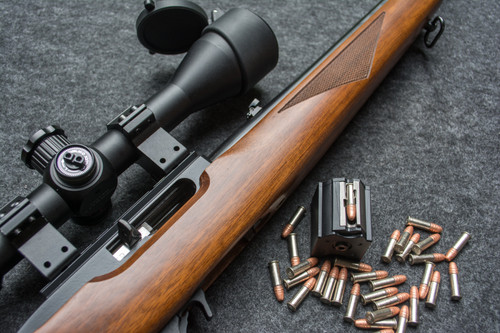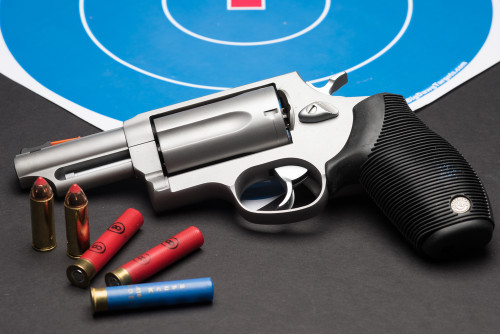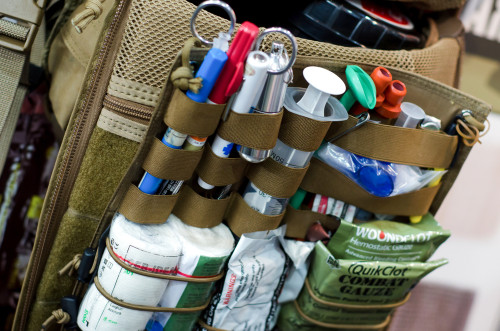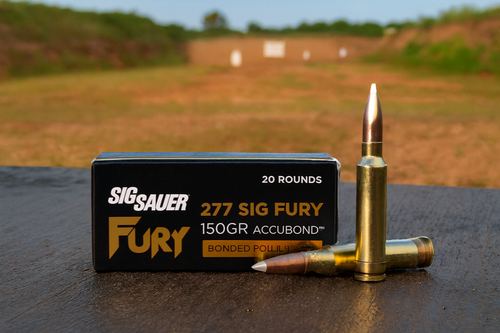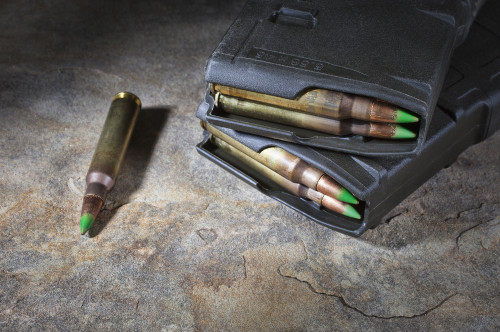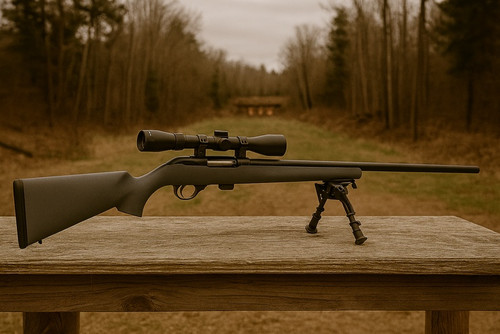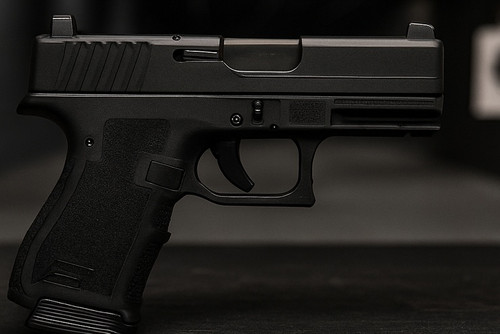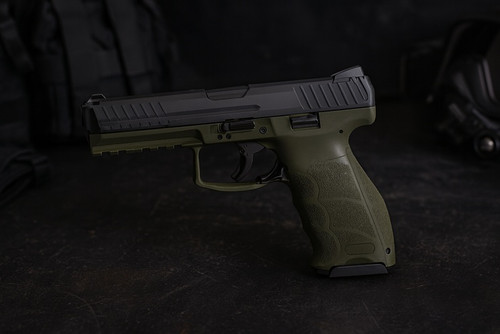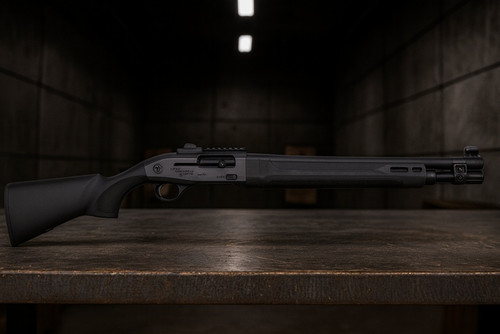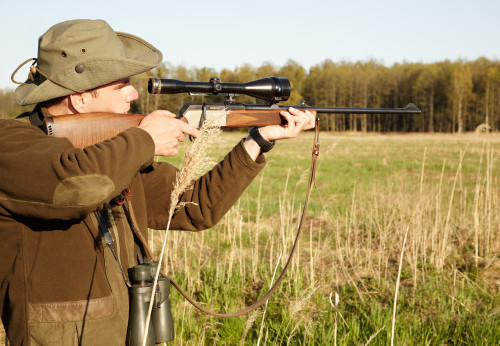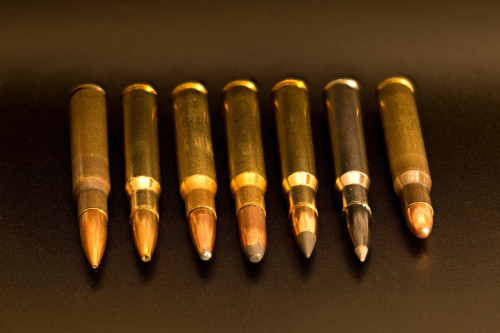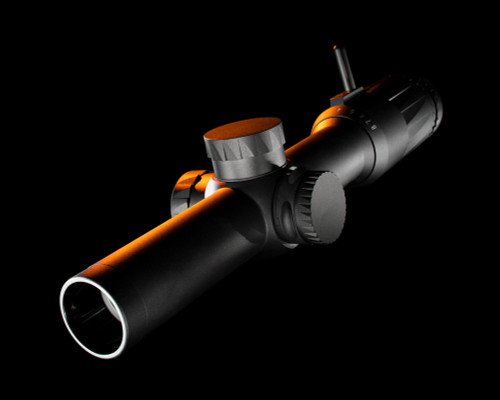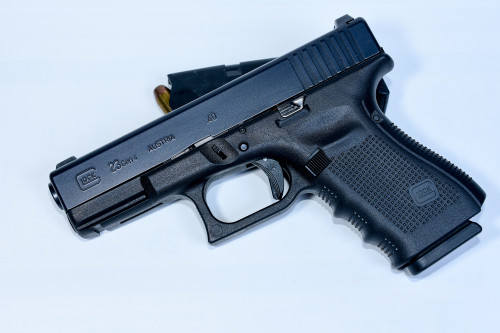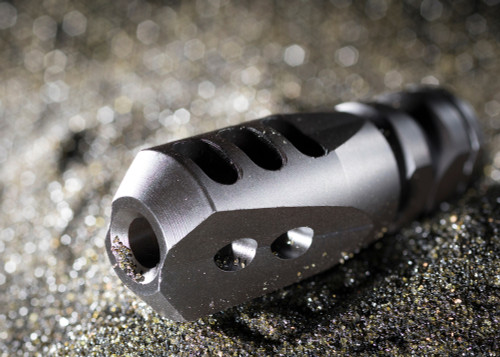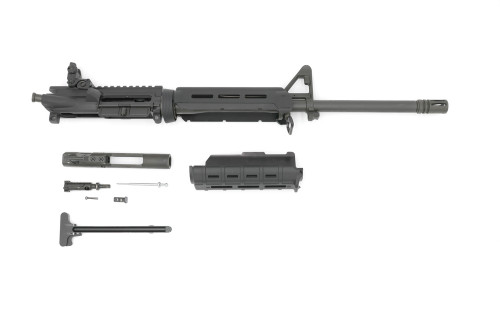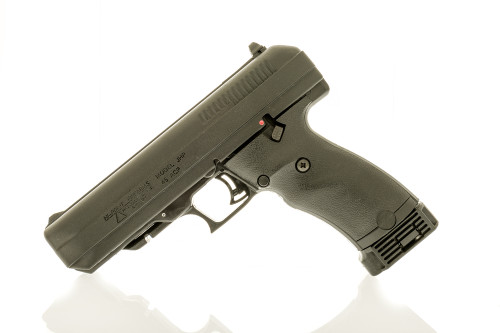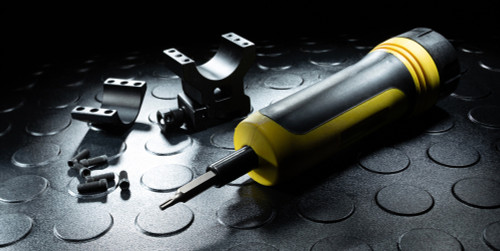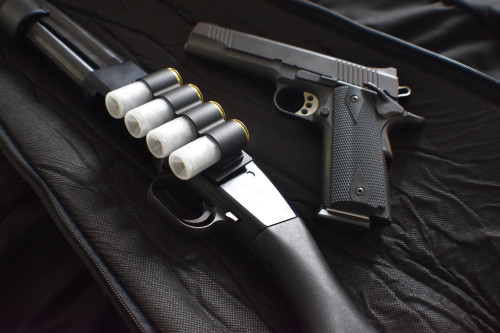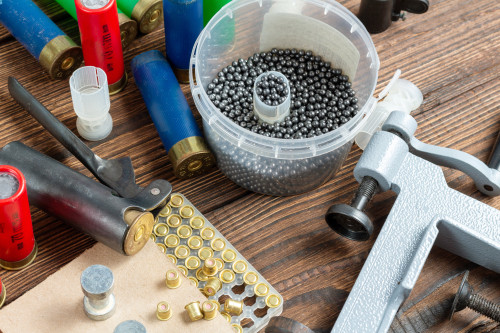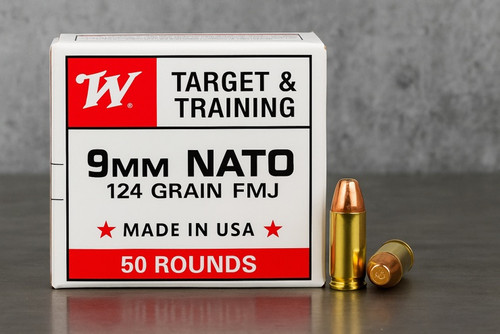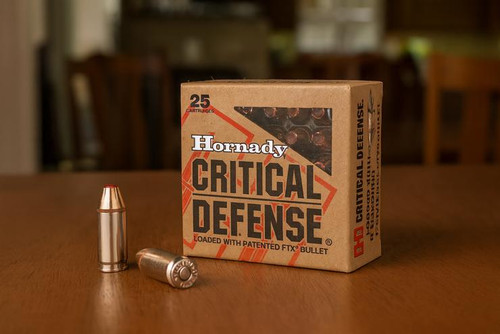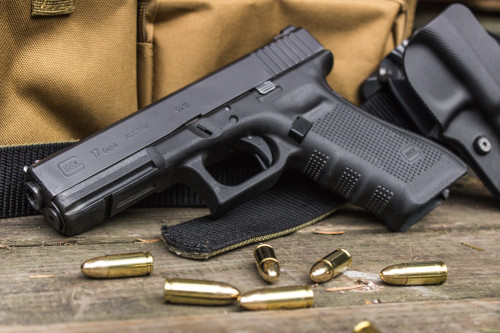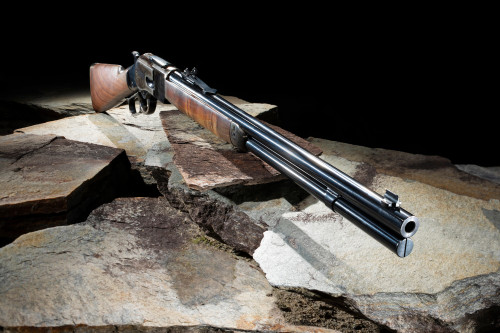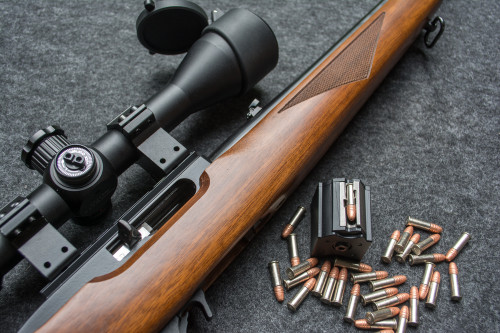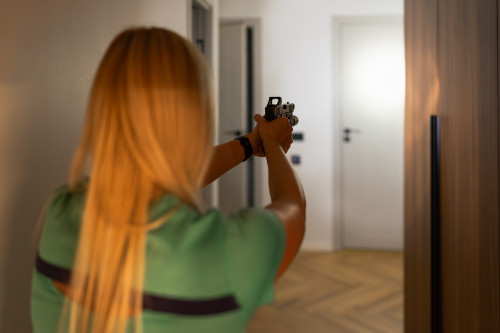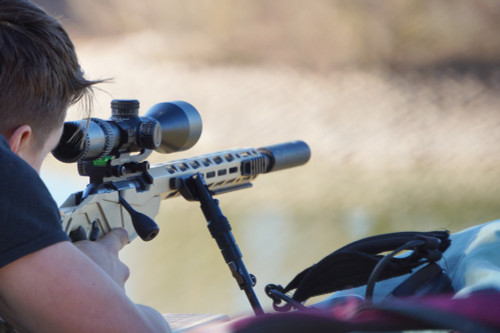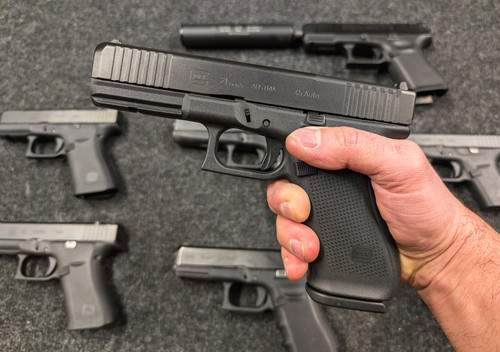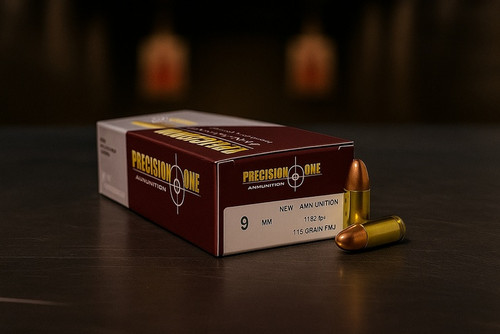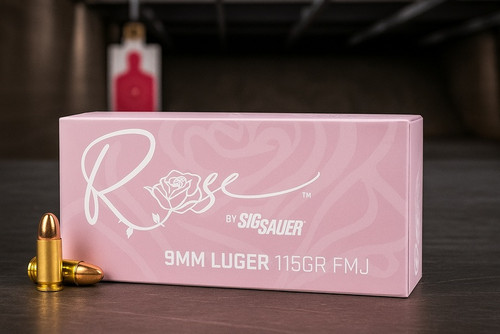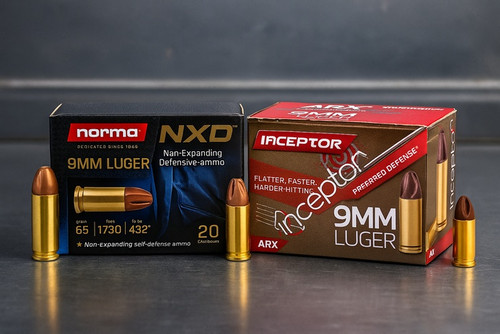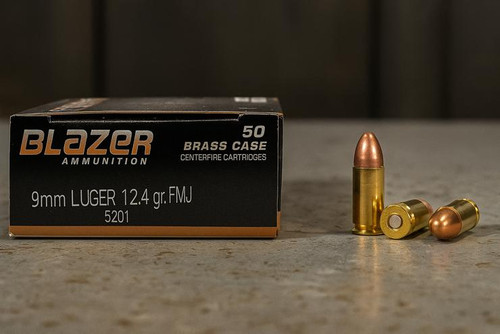The Glock 17 stands as one of the most recognized pistols in the world. This full-size 9mm handgun has earned its reputation through decades of trusted service. Law enforcement agencies across the globe carry it as their standard sidearm. Military units trust it in combat situations. Civilian shooters flock to it for home defense, range practice, and competition shooting.
In this review, we'll dig into what makes the Glock 17 tick, drawing on thorough research of the firearm and real-world experience data. You'll learn about its features, how it performs at the range, and why it might (or might not) deserve a spot in your collection. We'll cover everything from the technical specs to the shooting experience. Let's find out if this Austrian classic lives up to the hype.
Overview of the Glock 17
History and Development
Gaston Glock created his famous pistol without any previous handgun-making experience. The Austrian military needed a new service pistol in the early 1980s. This opportunity pushed the Austrian engineer to gather firearms experts who helped develop something completely new. His innovative design beat all competitors and won the military contract in 1982.
Many people think the "17" refers to how many bullets the gun holds. In reality, this number marks Gaston Glock's 17th patent filing. His pistol changed everything with its polymer frame instead of traditional metal construction. The striker-fired mechanism and simple parts count made it stand out from older hammer-fired pistols that dominated the market.
The Glock 17 has gone through multiple generations since its first release. Each new version adds improvements but keeps the original's core design principles intact. Modern Glock 17 models offer the same simplicity and function that made the original famous, just with better materials and small refinements to the grip and internals.
Key Specifications
The Glock 17 comes with impressive specs:
- Caliber: 9mm
- Length: 7.95 inches
- Width: 1.26 inches
- Height: 5.47 inches
- Barrel Length: 4.49 inches
- Weight: 22.05 ounces (unloaded)
- Magazine Capacity: 17 rounds
Standard packages for the Glock 17 Modular Optic System (MOS) include three 17-round magazines, a magazine loader, and tools for mounting optics plates, a feature specific to the MOS version that allows for the direct attachment of optic sights without the need for additional milling. Standard Glock 17 models do not have these cuts and would require customization for optics. The gun ships in a simple plastic case with all the essentials you need to get started.
Key Features

Modular Grip and Ergonomic Design
The Glock 17 features a modular backstrap system that lets you adjust the grip size. This customization makes the gun fit different hand sizes with ease. Simply swap the backstraps to change the grip circumference. The texture provides decent friction without being too aggressive on your hands.
The grip angle differs from many traditional pistols. Some shooters love it immediately. Others need time to adjust from more angled designs like the 1911. The full-size frame gives most shooters plenty of real estate for a solid two-handed grip.
Standard and MOS Models
Glock offers the G17 in both standard and MOS (Modular Optic System) configurations. The standard model comes with traditional iron sights. The MOS version includes a cut slide that accepts mounting plates for red dot sights.
The MOS system provides incredible flexibility. You can mount nearly any popular micro red dot sight to your Glock. This feature transforms the pistol from a traditional iron-sighted handgun to a modern optics-ready platform. The system uses interchangeable plates that match different optic footprints.
Reversible Magazine Release and Dual Recoil Assembly
Lefties rejoice! The magazine release button easily switches sides. This simple change makes the pistol much more friendly for left-handed shooters. The process takes just minutes with basic tools.
The dual recoil spring assembly deserves special attention. This system reduces felt recoil and extends the gun's service life. The design uses two nested springs that work together to absorb energy when firing. This feature helps control muzzle flip and gets you back on target faster.
Shooting Performance
The Glock 17 delivers exactly what most shooters want: consistent performance. At the range, the pistol handles well for a wide variety of users. Its 4.49-inch barrel provides a generous 6.69-inch sight radius. This longer sight radius helps even novice shooters align the sights accurately.
Accuracy impresses most testers. The G17 can hit 4-inch targets at 25 yards with proper technique. Fast follow-up shots at defensive distances come naturally thanks to the manageable recoil. The pistol points intuitively for most shooters after minimal practice.
The factory trigger breaks at around 5.5 pounds. It has some takeup before hitting a clear wall, then a crisp break. The reset gives both tactile and audible feedback. This trigger works well for defensive shooting though competition shooters often upgrade it.
Rapid-fire drills showcase the G17's strengths. The combination of good balance, manageable recoil, and decent trigger allows for quick, accurate shots. Running failure-to-stop drills or box drills confirms the gun's ability to transition between targets smoothly.
Adding a red dot sight through the MOS system takes accuracy to another level. The small red dot makes precise aiming much easier, especially at longer distances. Target acquisition speeds up significantly once you get used to finding the dot.
Design and Ergonomic

The Glock 17's design favors function over form. Its blocky appearance lacks the classic lines of a 1911 or CZ-75. However, every part serves a purpose. The slide features front and rear serrations for easier manipulation. The frame includes an accessory rail for lights or lasers.
The Gen 4 model (reviewed here) includes finger grooves on the grip. These work well for some hand sizes but can cause discomfort for others. Later Gen 5 models removed these grooves. The trigger guard provides ample room for gloved fingers, with a squared-off front for those who use it as a finger rest.
Some ergonomic issues exist. The slide lock sits in a position where thumbs can accidentally press it during firing. This can prevent the slide from locking back on an empty magazine. Shooters with large hands may experience slide bite—where the web of the hand gets pinched by the moving slide.
The stock plastic sights function adequately but leaves room for improvement. Many owners replace them with night sights or fiber optic options. The grip texture provides a balance between control and comfort during extended shooting sessions.
Reliability and Durability
Glock's reputation centers on legendary ruggedness. The G17 functions in conditions that would stop many other pistols. It digests virtually any ammunition without complaint. From cheap steel-cased practice rounds to premium defensive ammunition, the G17 keeps running.
Police departments and military units praise the pistol's ability to function with minimal maintenance. The simple design means fewer parts that can break or malfunction. Many Glock 17s have fired tens of thousands of rounds without significant issues. The polymer frame resists corrosion better than all-metal pistols.
Maintenance proves straightforward even for beginners. Field stripping requires no tools—just clear the gun, pull the trigger, pull down two tabs, and slide the top half forward. This simplicity encourages regular cleaning and inspection.
Customization Options

No other pistol offers the aftermarket support of Glock handguns. The G17 benefits from a massive ecosystem of parts and accessories. You can modify practically every component to suit your preferences.
Sights come in countless variations. Choose from night sights, fiber optics, or competition-focused options. Triggers can be swapped for lighter pulls, different shapes, or smoother actions. Slide work ranges from simple serration patterns to complete custom machining.
Frame modifications include stippling for better grip or trigger guard undercuts for higher hand placement. Extended controls help those with smaller hands. Even internal parts have aftermarket options—springs, connectors, and pins can all be upgraded.
The MOS system opens up the world of optical sights. Popular options include the Trijicon RMR, Holosun 507C, and Leupold DeltaPoint Pro. These optics speed up target acquisition and improve accuracy, especially at longer ranges.
Holster compatibility stands unmatched. Nearly every holster manufacturer offers Glock 17 options. From concealment rigs to competition setups, finding the right holster proves easy and affordable.
Comparison with Competitors
The full-size 9mm market features strong competition. How does the Glock 17 compare?
The CZ-75 offers better ergonomics for many shooters. Its metal frame and more swept grip angle feel natural in the hand. The CZ typically has a better out-of-the-box trigger. However, it weighs significantly more and offers less aftermarket support.
The Browning Hi-Power brings classic styling and excellent handling. It established the double-stack 9mm category that Glock later dominated. But it carries fewer rounds, costs more, and lacks modern features like accessory rails.
The 1911 platform in 9mm delivers an exceptional trigger and pointability. Many shooters love its slim grip and excellent trigger. The downsides include higher cost, lower capacity, and more complex mechanics that can affect dependability.
The Glock 17 stands apart through its combination of capacity, simplicity, and aftermarket support. It may not have the charm of these classics, but it offers practical advantages. The lighter weight makes all-day carry more comfortable. The simpler design requires less maintenance.
Pros and Cons
Pros:
- Outstanding track record for functioning under adverse conditions
- Extensive aftermarket support for customization
- Simple design with few parts that can malfunction
- Accommodates most popular red dot sights (MOS version)
- Lighter than metal-framed competitors
- Easy maintenance and cleaning
- Consistent accuracy with various ammunition types
- High magazine capacity (17+1)
Cons:
- Potential slide bite for shooters with large hands
- Factory plastic sights leave much to be desired
- Grip angle takes adjustment for shooters coming from other platforms
- Blocky aesthetics lack the appeal of classic handguns
- Small slide lock can be difficult to manipulate
- Trigger comfort decreases during extended shooting sessions
Conclusion
The Glock 17 earned its place as a benchmark in the full-size 9mm category. It delivers what matters most in a defensive pistol: function, accuracy, and dependability. The design prioritizes performance over aesthetics. This approach has won over professional users worldwide.
For new shooters, the G17 offers an accessible platform with a shallow learning curve. Experienced shooters appreciate its consistency and customization potential. The MOS system brings the pistol into the modern era of pistol-mounted optics.
Does the Glock 17 rank as the top choice for a full-size 9mm? The answer depends on your priorities. If you value proven reliability, extensive customization options, and widespread support, it makes a compelling case. Those seeking the best ergonomics or trigger feel might look elsewhere.
The G17 doesn't try to be charming or elegant. It aims to work every time you press the trigger—a goal it achieves admirably. In a category filled with worthy contenders, the Glock 17 continues to set the standard against which others are measured.

Magtech 9mm 115gr FMJ
$13.99
at Pro Armory
Prices accurate at time of writing
FAQs
1. How many rounds will a Glock 17 last?
A Glock 17 can handle more than 50,000 rounds with regular cleaning and care. The frame and slide often keep working well past 100,000 rounds for many owners. You'll just need to replace springs and small parts during this lifetime. These pistols stand as some of the most durable handguns on the market today.
2. Can the Glock 17 accept different capacity magazines?
The Glock 17 works with magazines ranging from 10 rounds up to 33-round extended options. States with restrictions often require the 10-round version for legal compliance. Any 9mm double-stack Glock magazine with enough length fits perfectly in the G17. This compatibility makes finding and using extra magazines much easier for owners.
3. What is the difference between Glock 17 generations?
Each new Glock generation brings several design improvements and added features. Gen 5 models took away the finger grooves that some shooters disliked. These newer versions also added flared magwells for faster reloads and better barrels for improved accuracy. The latest models feature ambidextrous slide stops compared to the one-sided controls on earlier versions.
4. Is the Glock 17 good for concealed carry?
The full-size dimensions of a Glock 17 make it harder to hide than smaller pistols. Many people can still conceal it successfully with the right holster and looser clothing. Most everyday carriers prefer the compact Glock 19 or the much smaller Glock 43 for easier concealment. Your body type and clothing style will determine if the G17 works for you.
5. What red dots fit the Glock 17 MOS?
The MOS system fits most popular red dot sights on the market today. Common options include the Trijicon RMR, Holosun 507C, and Leupold DeltaPoint Pro. The Vortex Venom also mounts easily to this platform with the correct plate. Glock includes adapter plates that match different optic footprints for easy mounting without extra gunsmithing.
6. Can I shoot +P ammunition in a Glock 17?
Glock 17 pistols handle +P 9mm ammunition without any problems or safety concerns. The manufacturer officially approves their 9mm guns for regular use with this hotter ammo. Shooting these more powerful rounds may wear out your recoil springs faster than standard loads. Many competition shooters use +P ammo in their G17s for years with excellent results.



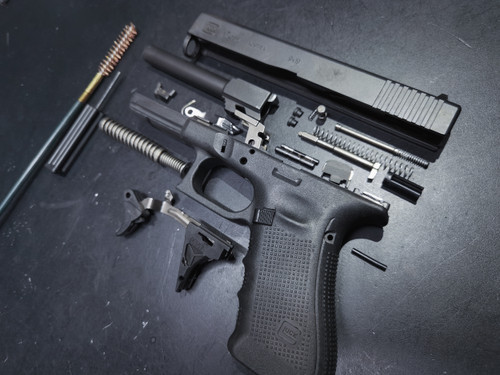
 Pro Armory Editorial Team
Pro Armory Editorial Team







